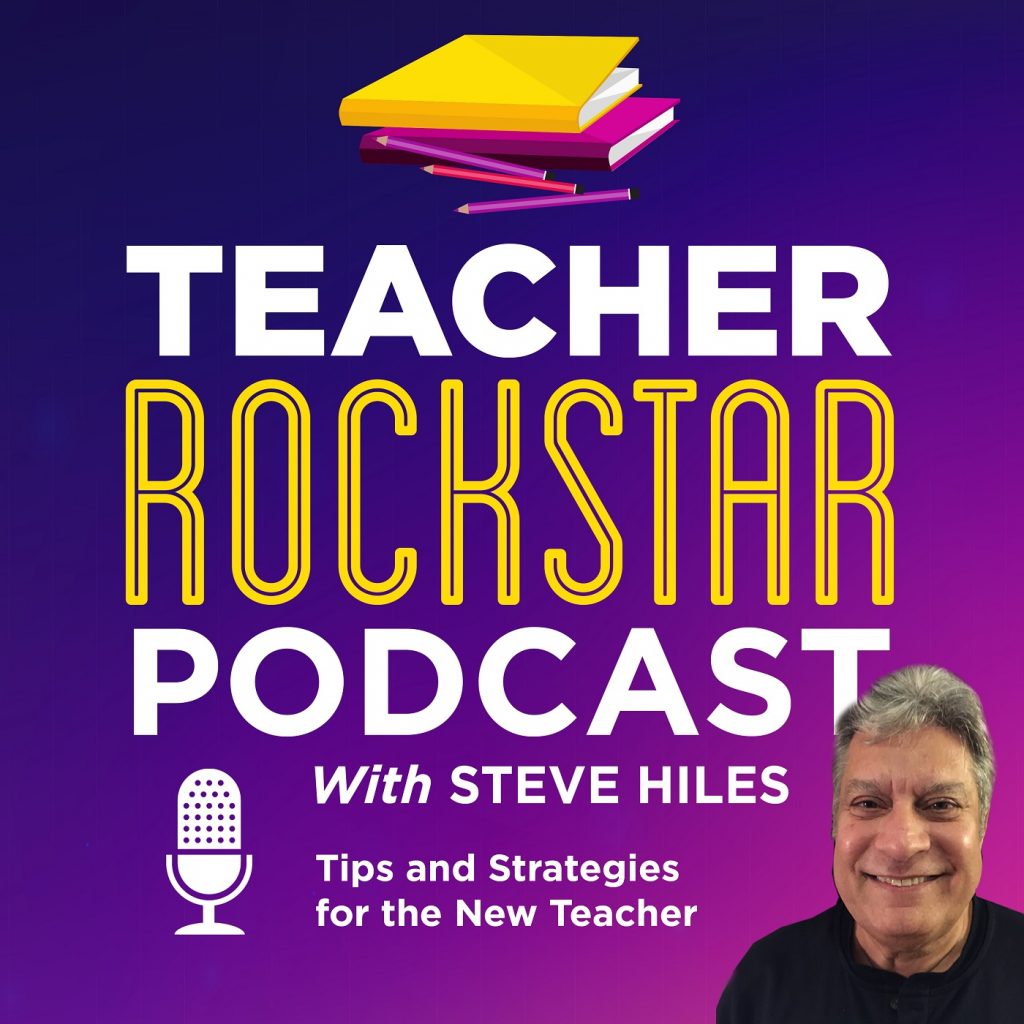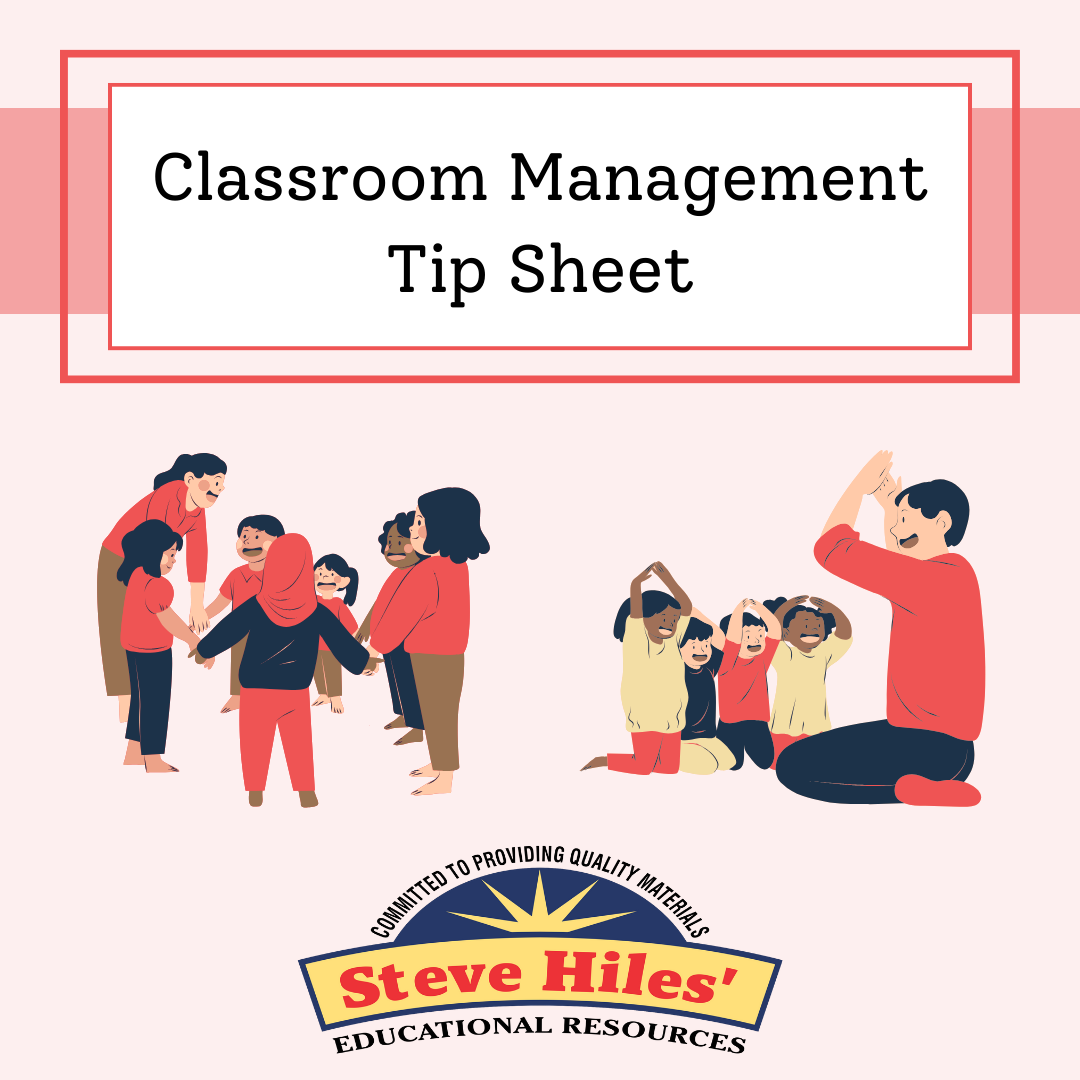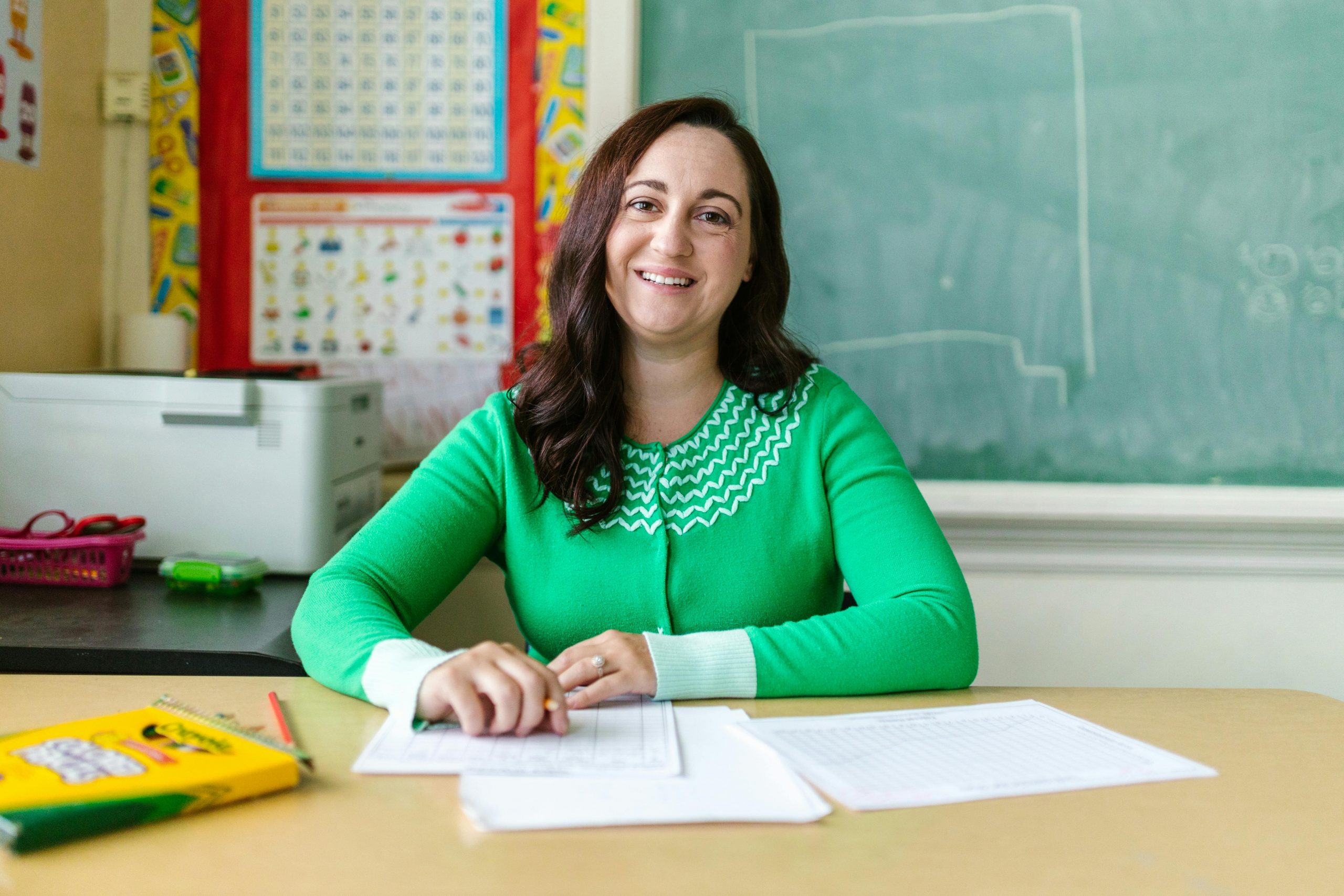Have you ever sat down to “just finish tomorrow’s lesson”… and suddenly it’s midnight, your coffee’s cold, and you’ve rewritten the objective six times? If that sounds familiar, you’re not alone.
A 2023 teacher workload study found that new teachers spend an average of seven to twelve hours each week on lesson planning—outside their paid hours. That’s basically a part-time job on top of your full-time one.
You’ll discover one mindset shift that’ll slice your planning time in half, and I’ll share the single biggest trap new teachers fall into that quietly steals hours every week.
1. Plan in Chunks, Not Days
When I first started teaching, I made the rookie mistake of planning every single day as if it were its own unique production. Monday had to be engaging, Tuesday had to be creative, Wednesday had to have group work, and by Friday… I was running on caffeine and prayer.
Here’s the problem: that kind of daily micromanagement eats your time and kills your creativity. I once spent three hours planning a single science lesson on ecosystems. It was beautiful—graphics, music, everything. The kids loved it… for about fifteen minutes. By the end of the day, I was already behind on planning for the next class.
Then a mentor of mine said something that completely changed how I worked: “Steve, your week doesn’t need five different plans. It needs one strong plan that stretches.”
That clicked. Think of your week like a series of Lego blocks—not five different castles, but the same structure built in slightly different ways. Once you lock in a rhythm—say, Monday for introducing new material, Tuesday for practice, Wednesday for group work—your brain and your students’ brains start syncing.
They know what to expect, you know what to prepare, and that predictability saves a mountain of time. Teachers who plan in weekly or unit-based chunks save up to 40% of their planning time compared to those who plan one day at a time. That’s not a small tweak. That’s an entire evening you get back.
Start small. Take one subject—maybe math—and map out a weekly rhythm. Keep your structure the same, just swap out the details. Once you see how much smoother your week runs, apply it to other subjects.
Now, I’m about to share something that might sound counterintuitive, but this is where the real time-saving magic happens.
2. Use the “Blank Slide” Trick
Here’s a weird one: never start with a blank document again.
Sounds simple, right? But that blank Word doc, Google Slide, or notebook page is one of the biggest time drains for teachers. We waste so much mental energy just getting started.
Here’s what I started doing: I built one “master” lesson template—a simple Google Slide deck that includes all the usual stuff I use every day.
- Slide one: objective and agenda
- Slide two: warm-up
- Slide three: guided practice
- Slide four: independent work and exit ticket
Now, instead of staring at an empty screen each week, I just duplicate that deck, plug in the new content, and tweak where needed. Five minutes later, I’ve got a complete lesson skeleton ready to go.
It’s kind of like meal prepping—you don’t reinvent dinner every night. You cook once, then remix it all week. Planning works the same way. Reuse the structure. Change the ingredients.
And here’s the bonus: students love consistency. When they walk in and know the flow—when to listen, when to work, when to reflect—they feel secure. That means less confusion, fewer behavior hiccups, and smoother transitions. You save planning time and instructional time.
Now, let’s get into the mental side of planning, because sometimes the real slowdown isn’t the process—it’s our mindset.
3. Schedule Creativity Last, Not First
Most of us start with the fun stuff—the games, the group projects, the “Pinterest-perfect” activities—and then we try to build the rest of the plan around that. That’s like designing a car starting with the paint color.
Here’s a better way: start with your non-negotiables—the standards, objectives, and assessments. Once those are clear, then you plug in the creative activities that support them.
I call this “packing the suitcase” planning. The standards and objectives are your clothes—what you absolutely need. The creativity is your travel-size shampoo. It’s awesome, but it only fits after the essentials are packed.
This shift not only saves hours—it makes your lessons sharper and more intentional. No more “fun but pointless” activities that look great on paper but don’t hit the learning target.
When I finally made this switch, my planning time dropped from three hours to about forty-five minutes per lesson. And here’s the kicker—my students actually learned more. Because my lessons were tighter, more consistent, and built on clear goals instead of random inspiration.
Now, let’s circle back—the big trap that steals hours from new teachers every single week.
The Trap That Steals Your Time
So, what’s the trap? Trying to impress other teachers instead of connecting with your students.
It’s easy to get caught up in making lessons look perfect for observation or Instagram-worthy for your teacher account. But your students don’t care about perfect—they care about you showing up with energy and clarity.
Your best lessons won’t come from fancy templates or endless Pinterest scrolling. They’ll come from you understanding your kids and knowing what keeps them engaged. Because at the end of the day, lesson planning isn’t a design contest—it’s a connection tool.
When you stop planning for approval and start planning for impact, everything changes. You’ll feel lighter. You’ll teach better. And you’ll finally get your weekends back.
So, remember the three hacks:
- Plan in chunks, not days.
- Reuse your master template—ditch the blank screen.
- Schedule creativity last, not first.
That’s how you start working like a seasoned pro instead of running on rookie fumes. For more teaching tips check out Edutopia. If you’re feeling stressed and overwhelmed with classroom management. Let’s fix it — visit: Teacher RockStar Academy.









